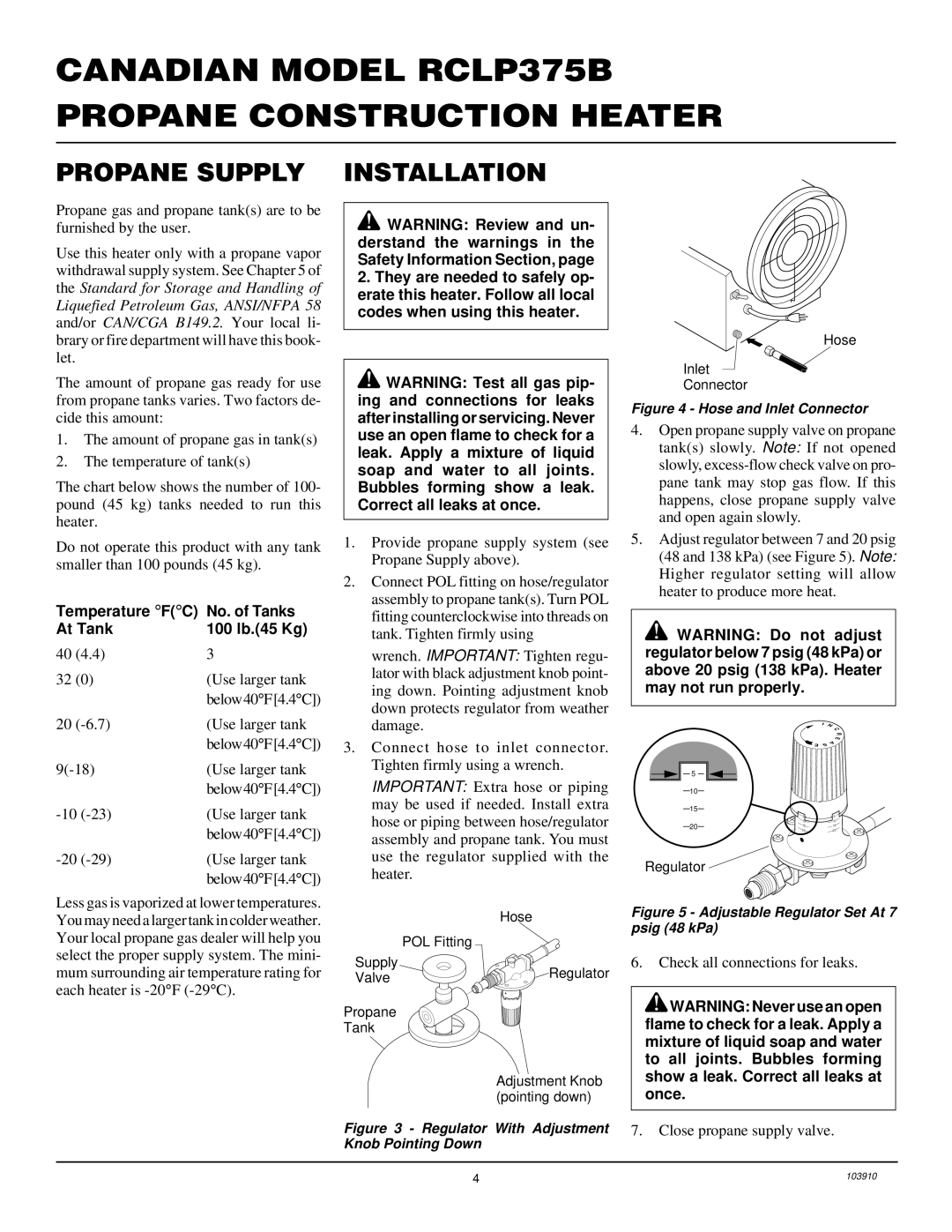RCLP375B specifications
Desa RCLP375B is an advanced residential cooling appliance designed to provide optimal comfort in various indoor environments. This innovative air conditioning unit stands out in the competitive market for its energy efficiency, user-friendly features, and advanced technology that enhances indoor air quality.One of the main features of the Desa RCLP375B is its impressive cooling capacity, making it suitable for medium to large-sized rooms. With a cooling output of 12,000 BTUs, this model can effectively lower the temperature even on the hottest summer days, ensuring a pleasant living or working environment. The unit also boasts a sleek and modern design, allowing it to blend seamlessly into any interior decor.
Energy efficiency is a key characteristic of the RCLP375B, as it is equipped with an Energy Efficiency Ratio (EER) that exceeds industry standards. This not only helps in reducing energy bills but also contributes to a more sustainable living environment. The unit utilizes environmentally friendly refrigerants, further minimizing its ecological impact.
In terms of technology, the Desa RCLP375B incorporates a smart control system that allows users to adjust settings through a user-friendly digital interface. The unit comes with a remote control, enabling convenient adjustments from across the room. Additionally, it features programmable timers, allowing users to set the unit to operate at specific times, maximizing energy savings when the room is unoccupied.
Another valuable aspect of the RCLP375B is its multi-stage filtration system, which works to improve indoor air quality. This advanced filtration captures dust, allergens, and pollutants, providing cleaner air for occupants. The filter is also washable, making maintenance simple and cost-effective.
The Desa RCLP375B is designed for quiet operation, incorporating sound-dampening technologies that reduce noise levels considerably compared to traditional air conditioning units. This feature is particularly beneficial for bedrooms and quiet spaces where uninterrupted comfort is desired.
Overall, the Desa RCLP375B exemplifies the convergence of performance and innovation in residential cooling solutions. With its robust features, energy-saving capabilities, and commitment to enhancing indoor air quality, it stands as an excellent choice for consumers seeking reliable and efficient climate control for their homes.

